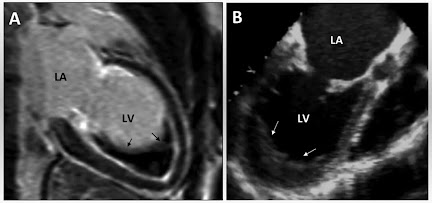Chickenpox / Varicella
Definition : It is an acute viral highly infectious disease caused by varicella-zoster (V-Z) virus. It is characterised by sudden onset of fever followed by appearance of rashes (macule, papule, vesicle and scab), starting from trunk and spread to face and limbs.
AGENTS FACTORS
Agents : Varicella-Zoster / Human (alpha) herpes virus 3
Source of infection : Person to person contact or direct contact.
Infective material : Nasopharyngeal secretions, Oropharyngeal secretions, Lesions of skin & mucosa and Vesicular fluid.
Period of communicability : 1-2 days before and 4-5 days after appearance of rashes.
Secondary Attack Rate : Chickenpox is highly communicable. SAR is 90%
HOST FACTORS
Age : Below than 10 years is common.
Sex : Equal effects on both sexes.
Immunity : One attack gives durable immunity and second attack is rare.
Pregnancy : Risk present for fetus.
ENVIRONMENTAL FACTORS
Season : First half of year (Jan - June).
Area : Overcrowding area and unventilated houses.
Mode Of Transmission : Direct droplet transmission.
Incubation Period : Usually 14-16 days ( extremes as wide as 21 days ).
CLINICAL FEATURES
i. Pre-eruptive stage :
- Fever (mild to moderate ).
- Running nose (rhinorrhea).
- Sneezing.
- Coughing.
ii. Eruptive stage : Firstly rashes appear
- Distribution of rashes : Firstly rashes appear on trunk than face than arms than legs, mucosal surface (buccal, pharyngeal), axilla. (* Soles and palm are not affected ).
- Rapid evolution : Firstly appear macule which convert into papule than vesicle than scab.
- Pleomorphism : All stages of the rash (macule, papule, vesicle and scab) may be seen simultaneously at one time, in the same area.
- Fever : Mild to moderate.
COMPLICATIONS
- Hemorrhage.
- Pneumonia.
- Encephalitis.
- Acute cerebeller ataxia.
- Reye's syndrome - acute encephalopathy associated with fatty degeneration of the viscera specially liver.
PREVENTION & CONTROL
- Early diagnosed.
- Isolation.
- Symptomatic treatment.
- Immunization - Passive immunization (VZ-Ig ), vaccine.






No comments:
Post a Comment
Please do not enter any spam link in the comment box